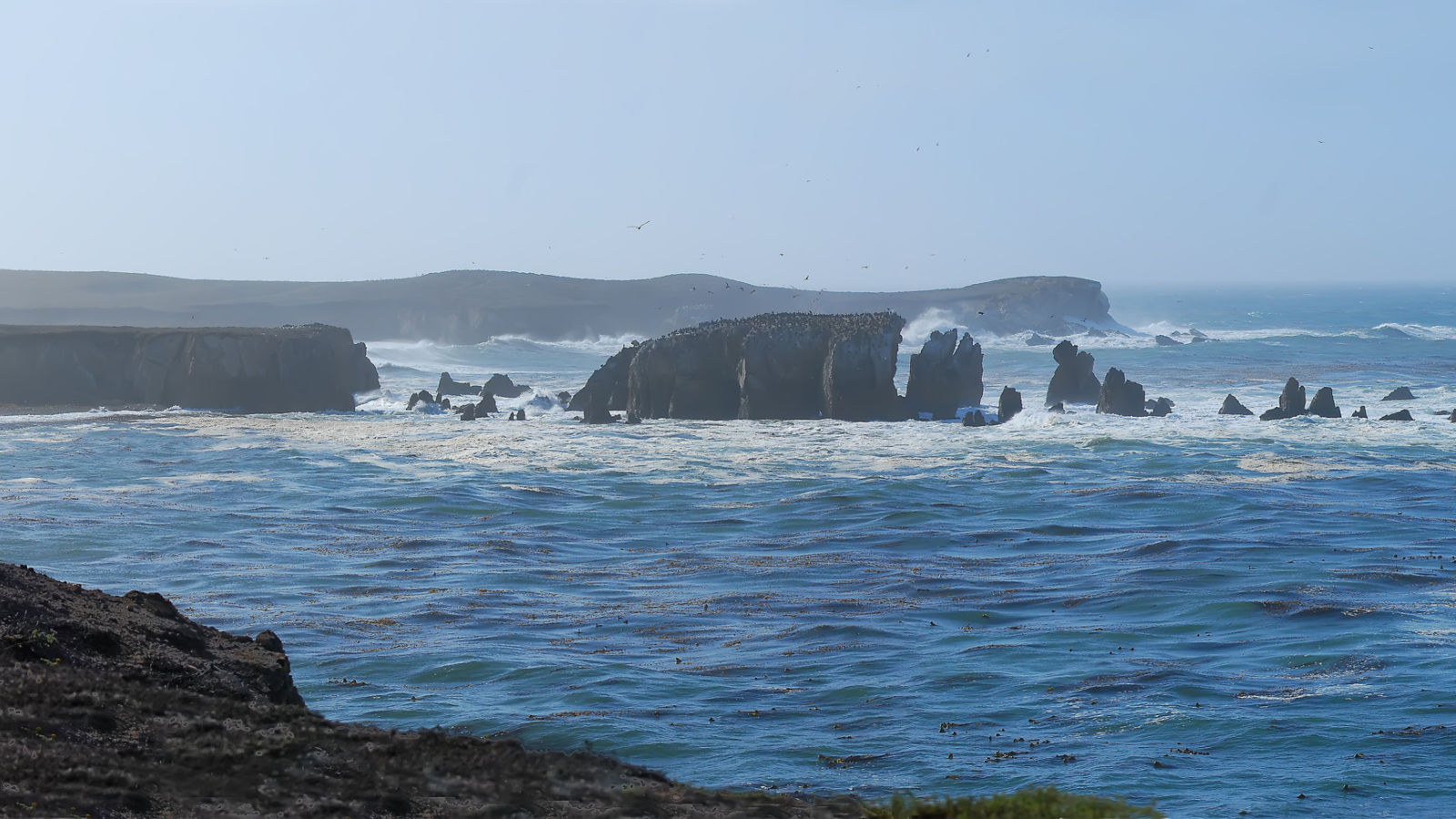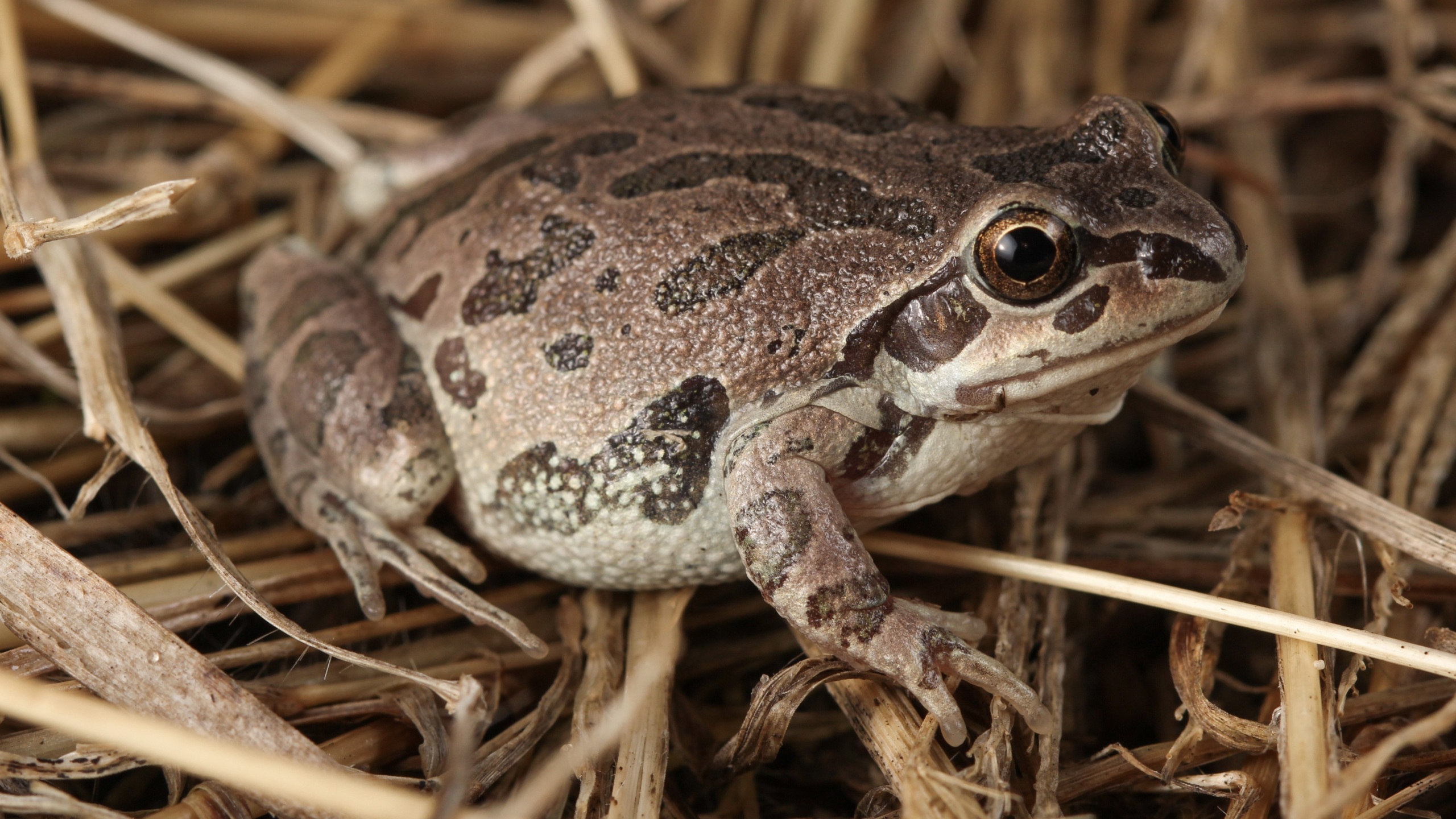
Grand Canyon at Risk
Uranium mining threatens a national treasure
Downloads
This report was originally released June 6, 2018 after, the U.S. Forest Service recommended on November 1, 2017 that the Trump Administration reopen lands near the Grand Canyon to new uranium exploration and mining. Fortunately, the Trump Administration was not successful but the Grand Canyon is still at risk from uranium mining.
Uranium mining is very risky
Uranium mining—which can spread radioactive dust through the air and leak radioactivity and toxic chemicals into the environment—is among the riskiest industrial activities in the world. Every uranium mine ever operated in the United States has required some degree of toxic waste cleanup, and the worst have sickened generations of people, contaminated miles of rivers and streams, and required the cleanup of hundreds of acres of land.
After decades of reduced activity due to depressed prices, uranium mining began to make a comeback in the 2000s—including nearby one of America’s most treasured wild places—the Grand Canyon. In response, then-Interior Secretary Ken Salazar issued a Public Land Order in 2012 that stopped mineral exploration and the staking of new claims within a one million-acre area near the Grand Canyon for 20 years.
A toxic trail across the West
Uranium mining has left a toxic trail across the West—including at the Grand Canyon itself. In addition to many other devastating impacts, mining in this area has contaminated tributaries of the Colorado River, which supplies drinking water to 40 million Americans. The drinking supply of nearly one-eighth of Americans is too vital a resource to risk in order to access uranium, especially at a time when renewable energy sources are proving increasingly capable of meeting our energy needs. To protect the Grand Canyon, its residents, the millions of people who visit each year and the millions of Americans who drink from the Colorado River, the surrounding lands should remain closed to new uranium mines.
Uranium mining is risky for miners, local residents, visitors, wildlife and the environment. Mines can release uranium itself—a dangerous radioactive substance—as well as toxic chemicals used in the mining process.
Contaminated water
Contaminated water can leak from mines or piles of waste rock and soil into groundwater or nearby streams, which can carry the contamination far from mining sites. Mining near the Grand Canyon threatens wildlife in the canyon, as well as the drinking water supplies of the Havasupai Tribe, who live in the canyon, and residents in cities such as Phoenix, Los Angeles and Las Vegas who receive their drinking water from the Colorado River.
Airborne uranium dust
Airborne uranium dust threatens the health of miners, local residents, visitors and residents of communities through which uranium ore is transported on its way to processing facilities. If inhaled, uranium dust can cause lung cancer.
Tailings
The waste rock and dirt left over once uranium extraction and milling are complete—are 85 percent as radioactive on average as the original ore and can remain radioactive for hundreds of thousands of years. Tailings also contain other toxic chemicals like arsenic, can make mine sites permanently hazardous, and can leach toxic substances into the environment long after mining has finished.
Uranium mining and processing have left a toxic trail across the West—including at the Grand Canyon itself.
• According to the U.S. Geological Survey (USGS), 15 springs and five wells near Arizona’s Grand Canyon National Park contain uranium concentrations above the safe limit for drinking water.
· In New Mexico, a 1979 dam break released radioactive wastewater from a New Mexico uranium mill into the Little Colorado River, releasing more radiation into downstream waterways than was released in the Three Mile Island nuclear power plant accident.
· In Utah, workers are still cleaning up 16 million tons of contaminated tailings at the site of one of the nation’s first mines in Moab.
· In Colorado, residents of the Lincoln Park community have had to stop drinking well water because a nearby uranium mill’s old tailings pool was leaking uranium and other toxic substances into their drinking water supply. This was discovered after community members had already suffered health consequences. Between 2010 and 2017, a wastewater pipe on the same site had leaked at least seven times, leaking thousands of more gallons of contaminated water uphill of the community.
· Current uranium mining near the Grand Canyon threatens the health, water and livelihood of the Havasupai Tribe, who live in the Canyon.
Grand Canyon National Park is a uniquely valuable place and ecosystem.
· The Grand Canyon is a natural wonder— one of the world’s deepest and widest canyons, home to spectacular views, great biological diversity, and a unique geologic record.
· Nearly 6 million people visit Grand Canyon National Park every year, making it the second-most visited park in the National Park System, and the most visited park west of the Mississippi.
· Tourism in Grand Canyon National Park contributes $904 million to northern Arizona’s economy every year.
· The Colorado River, which provides drinking water for 40 million people downstream, runs through the Grand Canyon and draws water from the area’s springs and streams.
· Uranium mining near the Grand Canyon threatens this treasured ecosystem, visitors and residents, and those that drink from the Colorado River.
Uranium mining is incompatible with the preservation of the Grand Canyon as a treasured ecosystem and natural wonder.
Policy recommendations
In 2018, we recommended actions that the Trump administration could take to protect the Grand Canyon from the threat of uranium mining. Most are still relevant today. The administration should:
· Maintain the moratorium on new mining claims near the Grand Canyon. In January 2012, Interior Secretary Ken Salazar extended a moratorium on exploration and new mining claims on public lands near the canyon, in place since 2009, through 2032.
· Require updated inspections and permits for new or reopened mines on existing mining claims with outdated environmental impact statements. The moratorium on new mining claims near the Grand Canyon does not prevent companies from developing new mines or reopening old mines on existing mining claims. Updated environmental impact statements should be required for new or resumed mining projects with outdated permits that do not take into account current understanding of mining risks and conditions near the mining site.
· Reform mining laws to allow regulators to deny permission to mine where significant natural places or human health are at risk. The 1872 General Mining Law, which currently governs mining on federal land, is too lax in granting mining companies the right to stake and develop claims. Most federal land is considered open for mining by default and regulators lack sufficient power to weigh the costs and benefits of mining against other possible uses of the land. Mining should be placed on an even footing with recreation and other land uses by allowing regulators to make a balanced evaluation of the best use of federal lands.
· Require uranium mining companies to ensure that any contamination is cleaned up. Uranium companies should be required to post enough financial assurance to cover the full cost of cleanup—or reclamation—at mine and mill sites before beginning operations. Costs should cover all foreseeable reclamation activities, as well as insurance against accidents that would significantly raise cleanup costs. Additionally, companies should not be allowed to place mines on “standby” for extended periods of time without cleaning them up sufficiently to prevent the spread of contamination.
· Require hardrock mining companies to pay royalties to operate on public lands. Companies that extract oil, natural gas and coal are required to pay the federal government royalties to operate on public lands. The federal government should also require hardrock mining companies, which extract other types of minerals and metals—including uranium—to pay royalties to mine on public lands.
Topics
Find Out More


Strengthen Protections for California’s Coast Proposal

Environment Georgia’s 2024 Program Priorities



